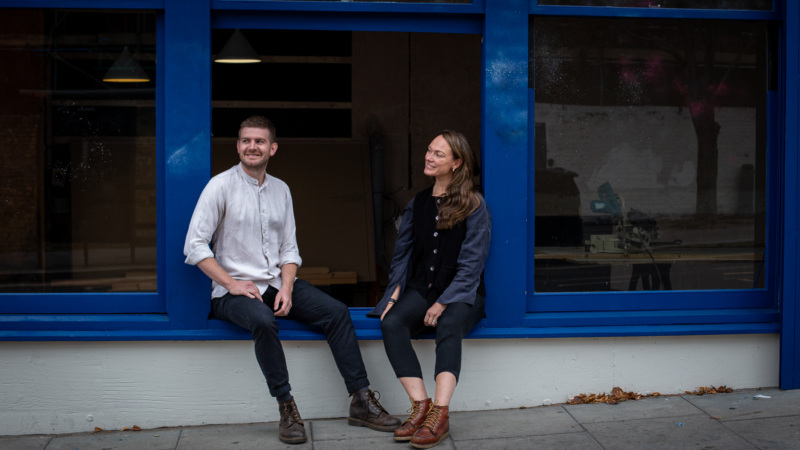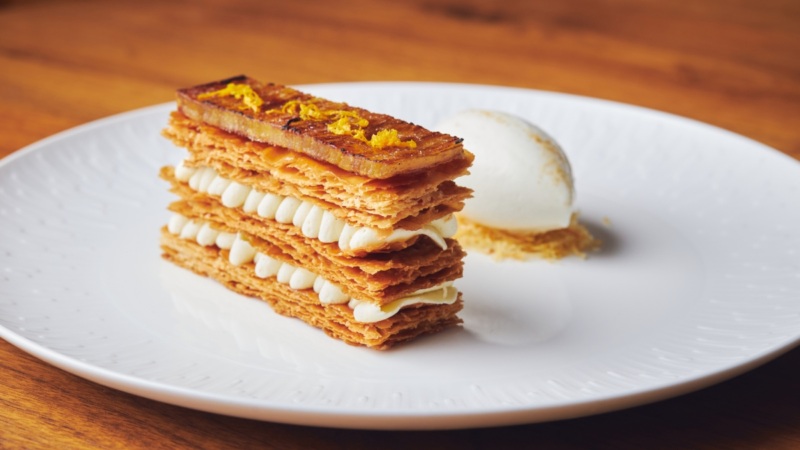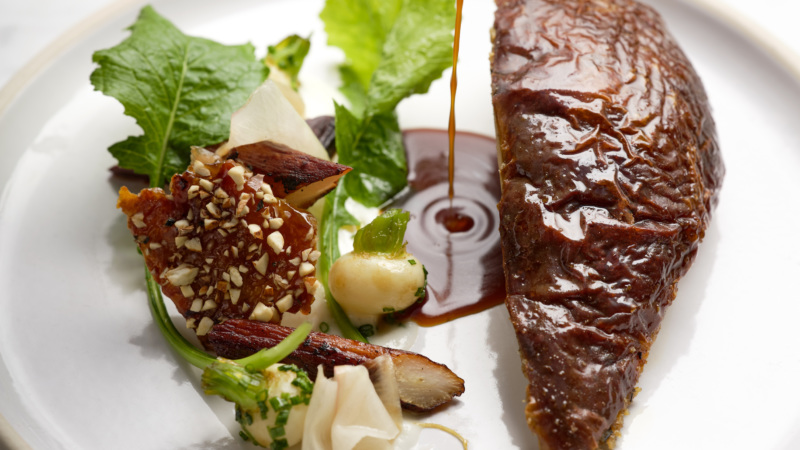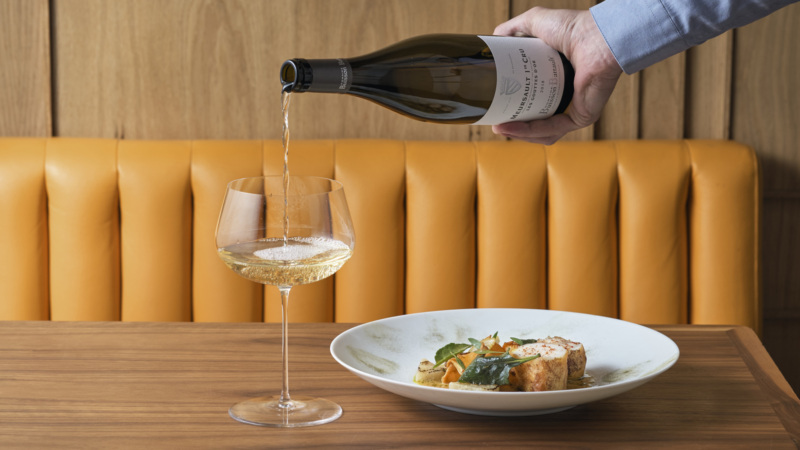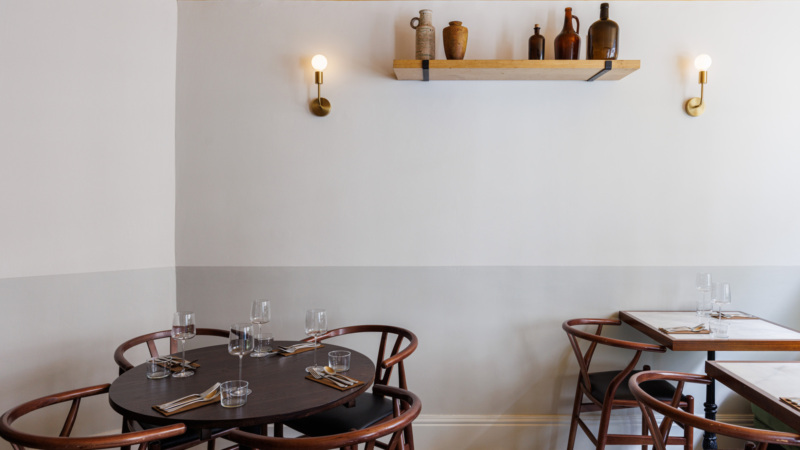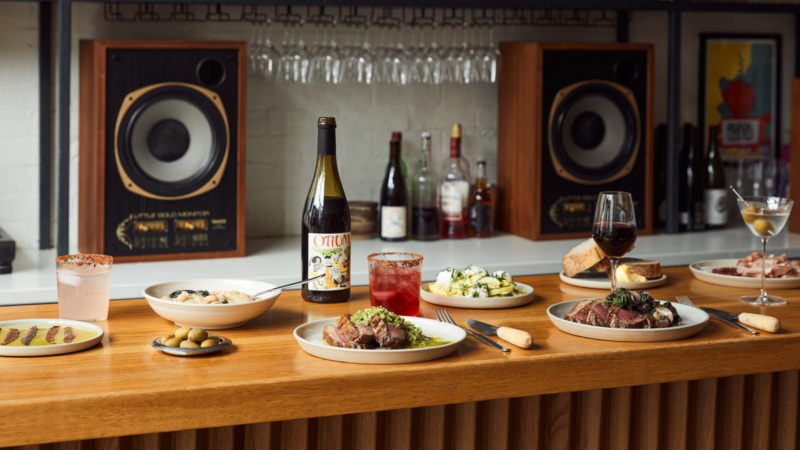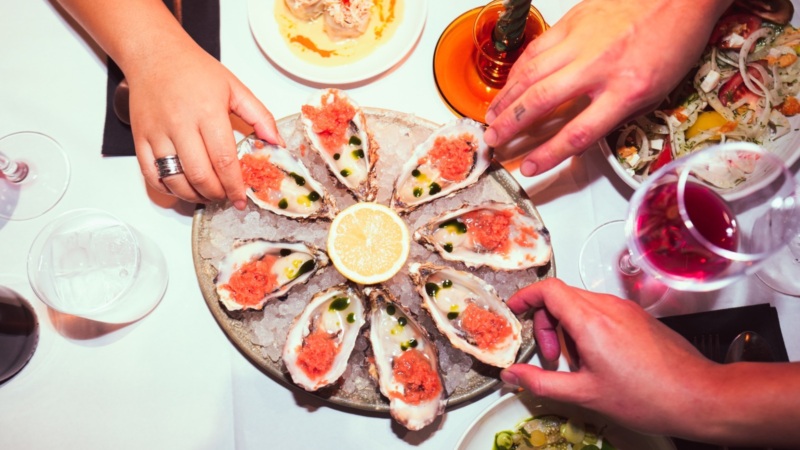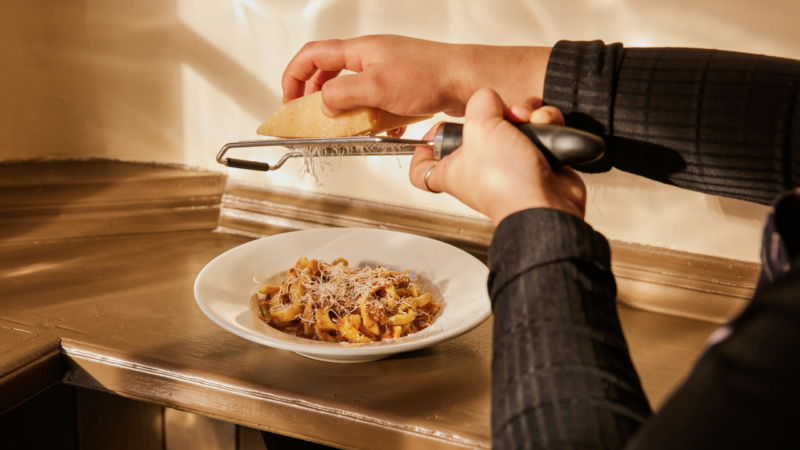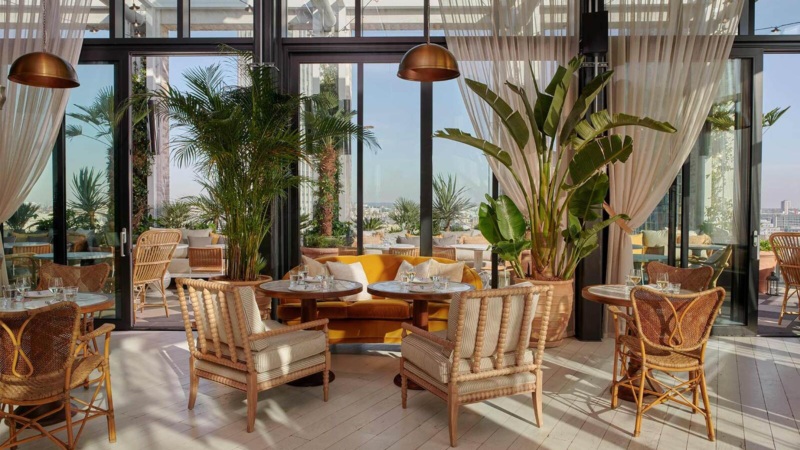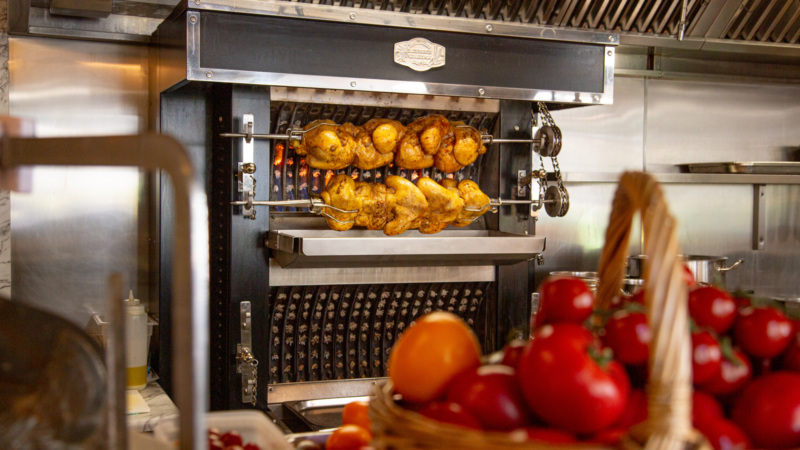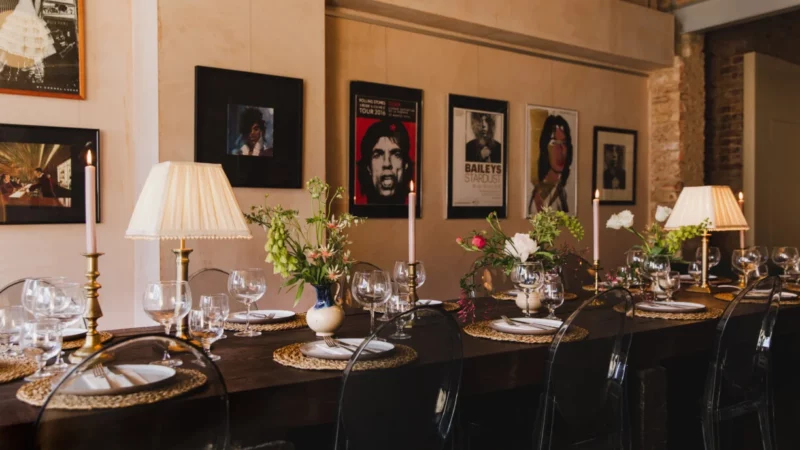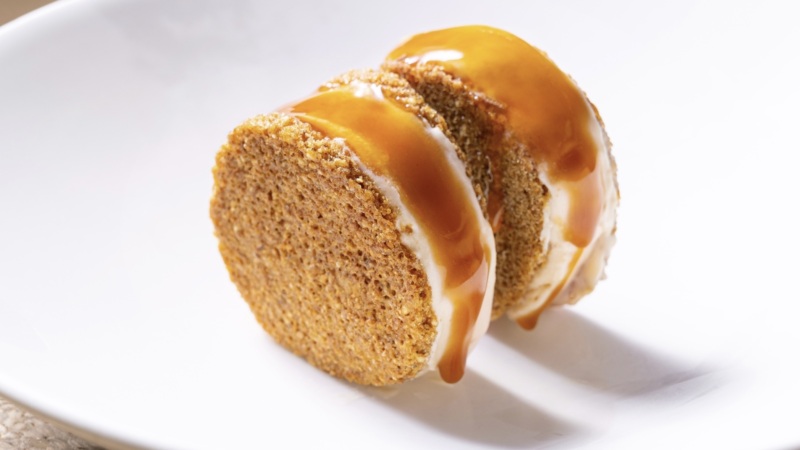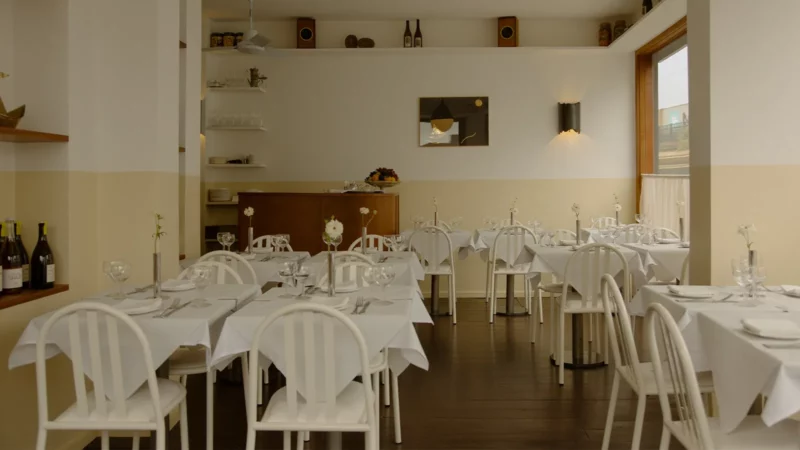
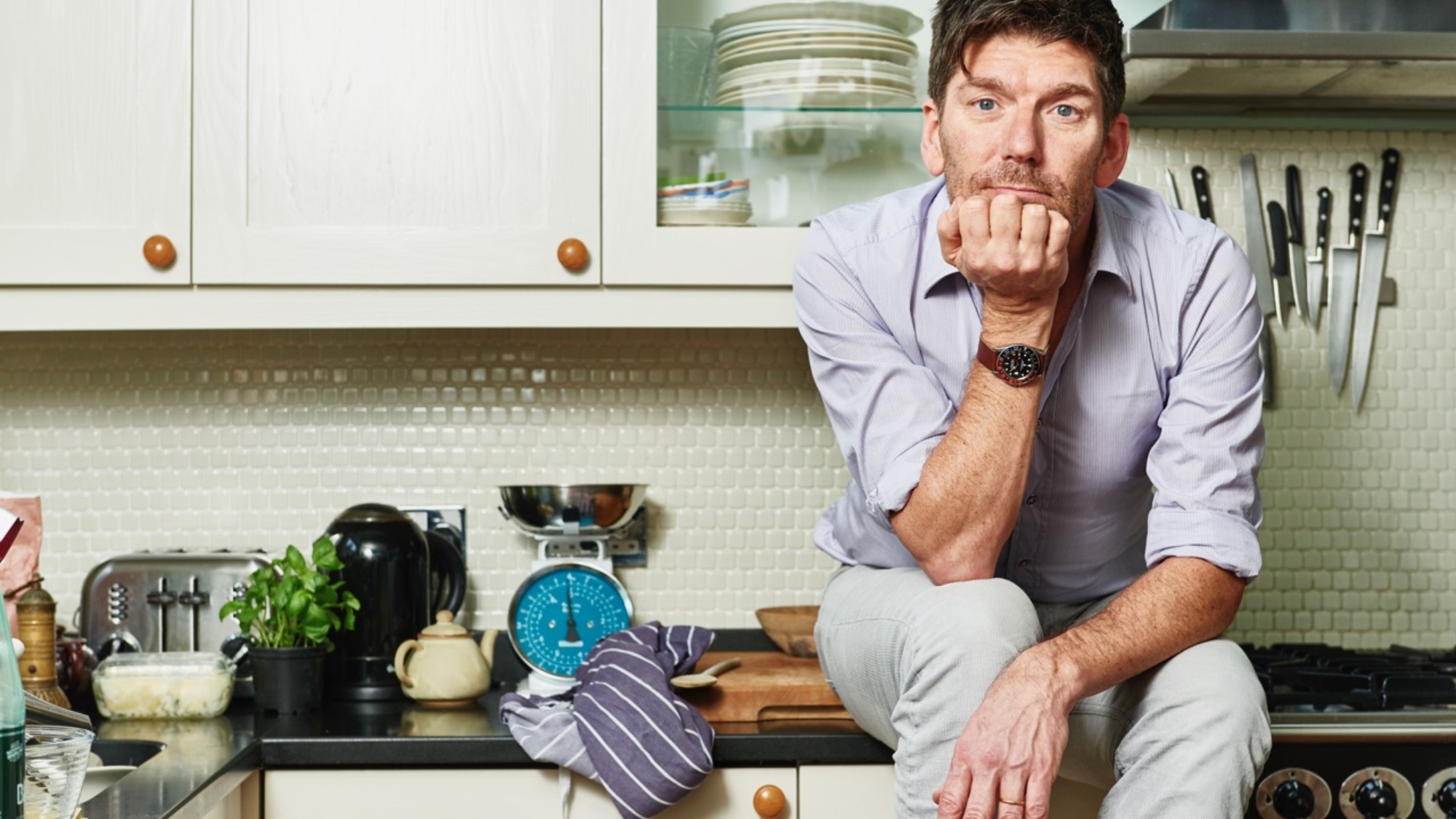
What to Expect from Trattoria Brutto – According to Russell Norman Himself
Russell Norman makes opening a restaurant look like a blast.
The Instagram feed of Trattoria Brutto, his return to London’s restaurant scene, has been an envy-inducing scroll of research trips to Florence, bowls of pasta, outsize flasks of Chianti, and vintage props shopping over the past six months. Along with his team, he’s hit top addresses like Trattoria Sabatino, Sostanza, Le Vecchia Bettola, Nerbone, and Camillo, picking up a few key items like a classic Olivetti typewriter for that retro menu font and a 19th Century verdigris coach lamp, emblazoned with the word ‘Brutto’. Back in London, it now hangs above the restaurant’s front door; meanwhile, Norman seems in his element, greeting guests, mixing drinks (the £5 Negronis are a hit) and working the red-checked tableclothed room.
Trattoria Brutto’s success comes, however, at the end of a challenging few years for Norman, a former English teacher and Caprice Holdings operations director turned founder of Polpo, that zeitgeisty Venetian-inspired Soho bacaró, launched in the aftermath of the 2008 financial crash. That restaurant can claim credit for introducing London to filament bulbs, heavily inked waiters, small plates, and waiting in line for a table – so successful was Polpo, that it grew from one site to seventeen, until big money investors pulled out in 2017.
The group entered a CVA (Company Voluntary Agreement) in 2019, and Norman stepped down a year later. (Norman’s former business partner Richard Beatty keeps the original Soho site and Chelsea branch in tip-top shape). With the first feedback from delighted guests and critics rolling in since it opened in September, Trattoria Brutto is, for Norman, a return. We spoke to Norman to learn, in his own words, how the restaurant came about, what to expect from a visit, and what prompted his return to the day-to-day hustle of the dining room.

- The Definitive Guide to London’s Classic Restaurants
- Inheritance, Memories and Goulash: Dining With My Grandfather at The Gay Hussar
- The Resy Guide to The Best Restaurants in Soho
- Everything You Need to Know About Kudu Grill, Amy Corbin’s New Restaurant
- The New Golden Age of The Martini: A Brief History

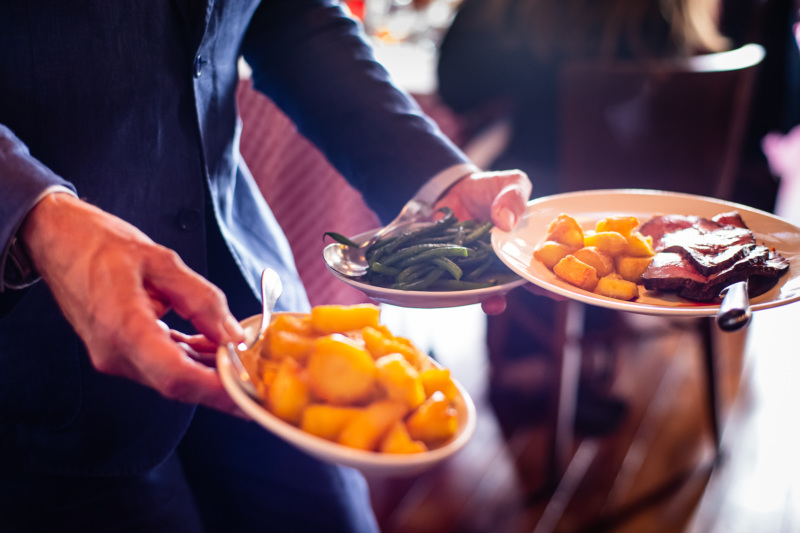
How did Trattoria Brutto come about?
As anyone that knows my restaurants will attest, I’ve a long-term, 35-year love affair with Italy. I consider myself a European; I don’t consider myself British. One of the great joys that I’ve been lucky to indulge over the last 35 years is travelling across Europe, to Italy in particular, where I’ve always been impressed by the unique and distinctive nature of the 20 regions. For the first twenty years or so of travelling there, I confined myself for my own indulgence and pleasure to Venice, because it gave so much to me every time I visited. And that was what led to the Polpo group of restaurants.
Towards the end of the time [at Polpo] I started to think about the other regions I loved. At the time I was visiting Florence a lot, another small city. You can probably walk from one end of the city to the other in 45 minutes. I started to discover places that offered something very different, very individual, quite unique, I think. I started to think about how I might translate that into a London setting and open a traditional, scruffy, non-fancy, very homely and convivial trattoria that gave a good account of the sort of places I like to visit in Florence.”
“When the pandemic happened, when Polpo failed, I thought, ‘what am I going to do next?’. There was a time, around October 2020, when I said to anyone that would listen: I’m not going to open another restaurant. However, I realised that I didn’t know what else to do. The idea that was foremost in my mind was Trattoria Brutto.
I’ve always loved the word ‘brutto’, the core of the Italian expression ‘brutto ma buono’, the expression that’s used to describe the sort of cooking your grandmother does. It may not be fancy, it may not have micro-tweezered herbs and dots and smears, but it’s just bloody fantastic. This was the nascence of Brutto. I saw the site in January [the former site of Hix’s Oyster and Chop House in Clerkenwell] and realised it was the site for me.
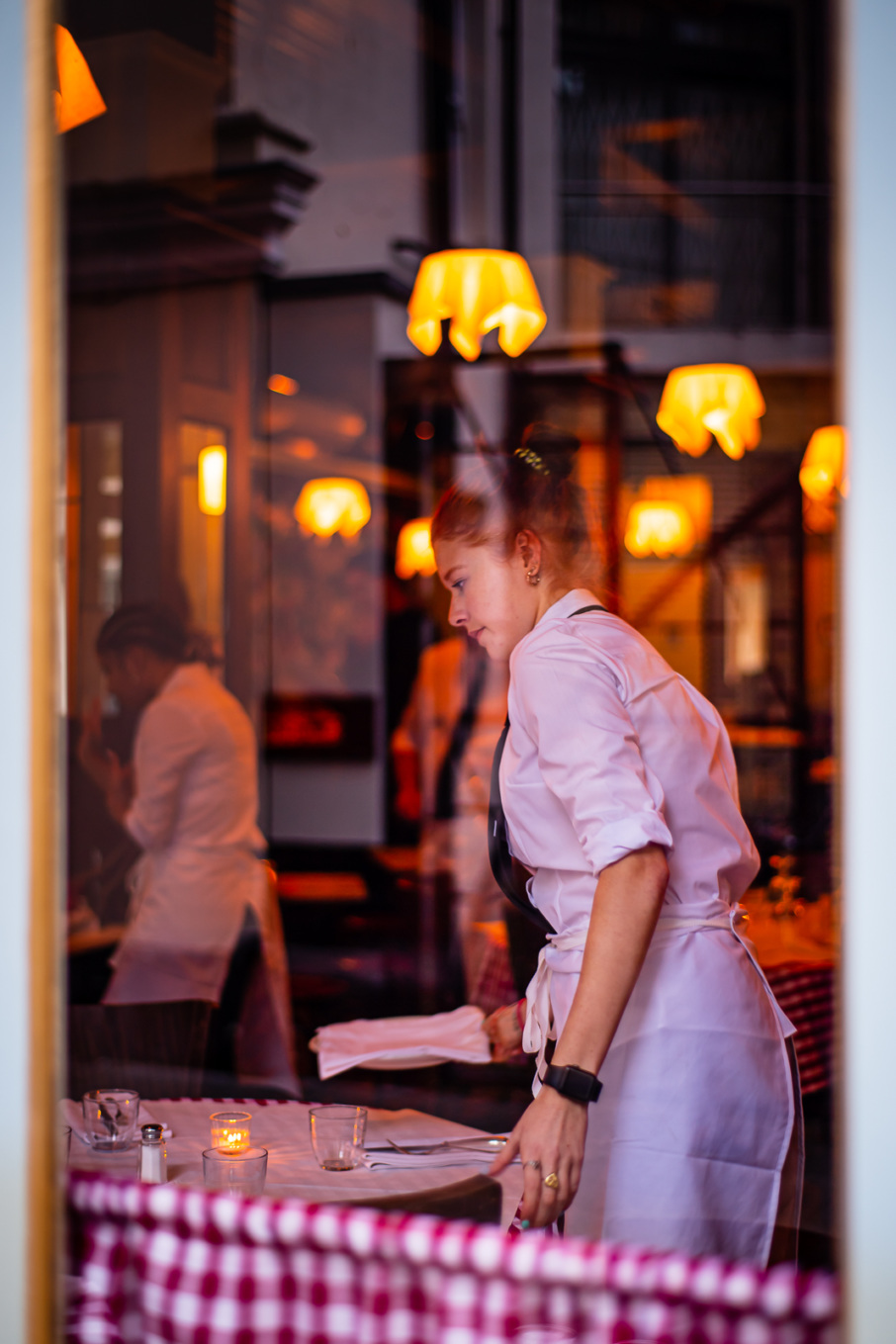
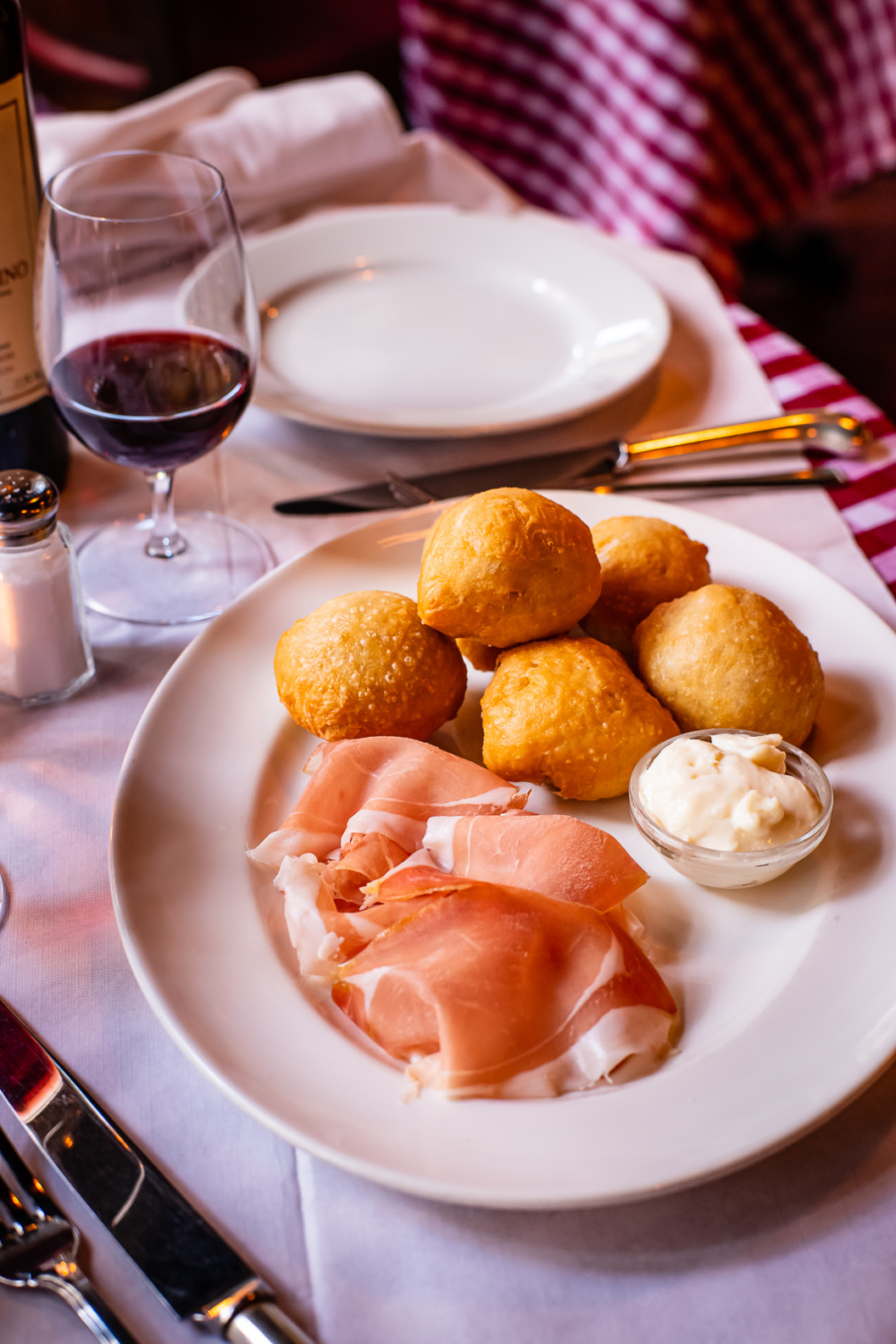
What do you want people to feel when they come to Trattoria Brutto for a drink or meal?
I want it to feel like a family-run restaurant, that there isn’t a corporate structure behind it, that there isn’t a head office, that the way we operate is just on a day-to-day instinctive basis rather than a pre-plotted corporate basis.
How do you make it feel like a London restaurant?
The two elements I bring which are not Tuscan at all are the music and the lighting. The music’s a very important part of my restaurants, something I’ve picked up from many trips to New York. I love the way you walk into a restaurant in New York and you get the Smiths playing quite loudly, twenty- and thirtysomethings crowding out the bar, while the dining room might be a bit older. They work when they come together because you’ve got a really good soundtrack. The other thing – I hope this doesn’t sound ungrateful because I am a complete Italophile and love everything about Italy – is that lighting in Italian restaurants is terrible. Restaurants are lit like operation theatres. It’s almost like you’re in a nuclear power station. What I’ve done here at Brutto and what I did at Polpo is bring everything right down in a sort of New York style with sophisticated dimmers and candles on every table so it feels really cosy and convivial.

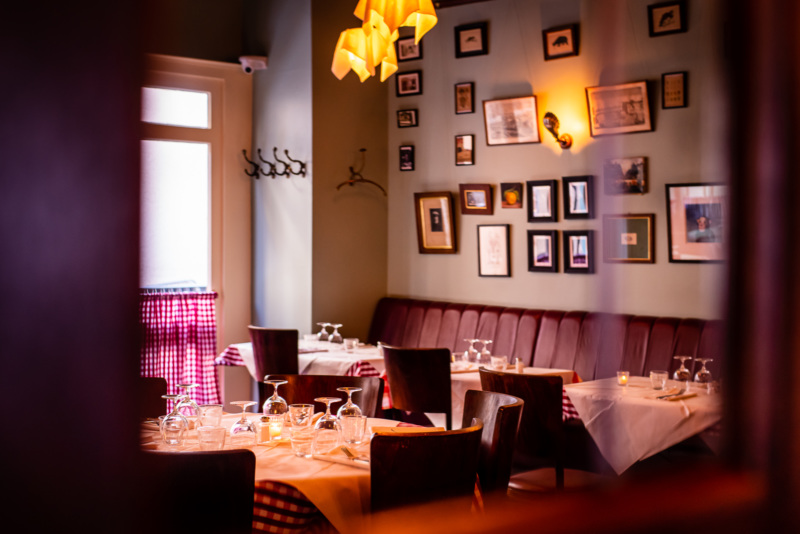
What are your favourite dishes on the menu, and why? Which dish are you most looking forward to sharing with Trattoria Brutto’s guests?
I’m always slightly nervous when I hear a chef say they want to serve a dish with a twist. No, no, we don’t want twists! We just want classics that have worked for centuries. What we do at Brutto is very traditional and it freaks some people out. One of the most controversial dishes we serve is the panzanella, a Tuscan peasant dish that comes from the summer glut of tomatoes when everybody in sunny hot central Italy has so many tomatoes, they don’t know what to do with them. We serve it exactly the way that I’ve had it in rural Tuscany which is almost like a couscous because the bread is crumbled very finely. A lot of people have come here and said, ‘what the hell’s this?’ We’re used to a weird British version of panzanella which is like a fresh tomato salad with croutons. We’re serving possibly the first authentic Tuscan panzanella in London.
“I’m always slightly nervous when I hear a chef say they want to serve a dish with a twist. No, no, we don’t want twists! We just want classics that have worked for centuries.”
Florence is slap bang in the middle of central Italy. You don’t find fish on menus at all. The closest you get to fish is a dried salt cod dish, which we’re working on at the moment, or tinned anchovies. There every part of the animal is used, a little bit like Fergus Henderson’s nose-to-tail philosophy. You order crostini in Florence and it’s only ever chicken liver; there’s no other type of crostino. Always a bit of booze in there, a bit of brandy, a bit of marsala, always absolutely fantastic.
We’ve struggled with the tripe. There are four stomachs to the cow, the feathery one, then the honeycomb one, then a third bleached white tripe. The fourth stomach is the slightly brown lampredotto, the most tender and, it turns out, the most difficult to get hold of. Every butcher we’ve spoken to says our guys just throw it away. We’ve struggled but we’ve found it and we’ll be putting our lampredotto rolls on the menu quite soon. The other challenge has been finding the right beef for our bistecca alla fiorentina. [Flat Iron founder] Charlie Carroll introduced us to a supplier at Smithfield Market called Longcroft & Old, and we now literally carry the 15kg loins across Charterhouse Street on our shoulders. We put on ten every day and they sell out every single day. It’s just one of those really lovely translations from Florence to London.
The other dish people have really clicked into, is the coccoli [meaning ‘cuddles’]. I was in Florence and didn’t want to waste the few hours before the flight by not eating so I found a restaurant I’d been to before, I Brindellone, where we had coccoli, deep-fried dough balls, with soft raw cows’ milk stracchino and prosciutto. You just pick up the hot dough balls, tear them apart, stuff in the stracchino and a slice of prosciutto and eat them like a little sandwich. We put them on our menu and within days they became the most ordered dish.
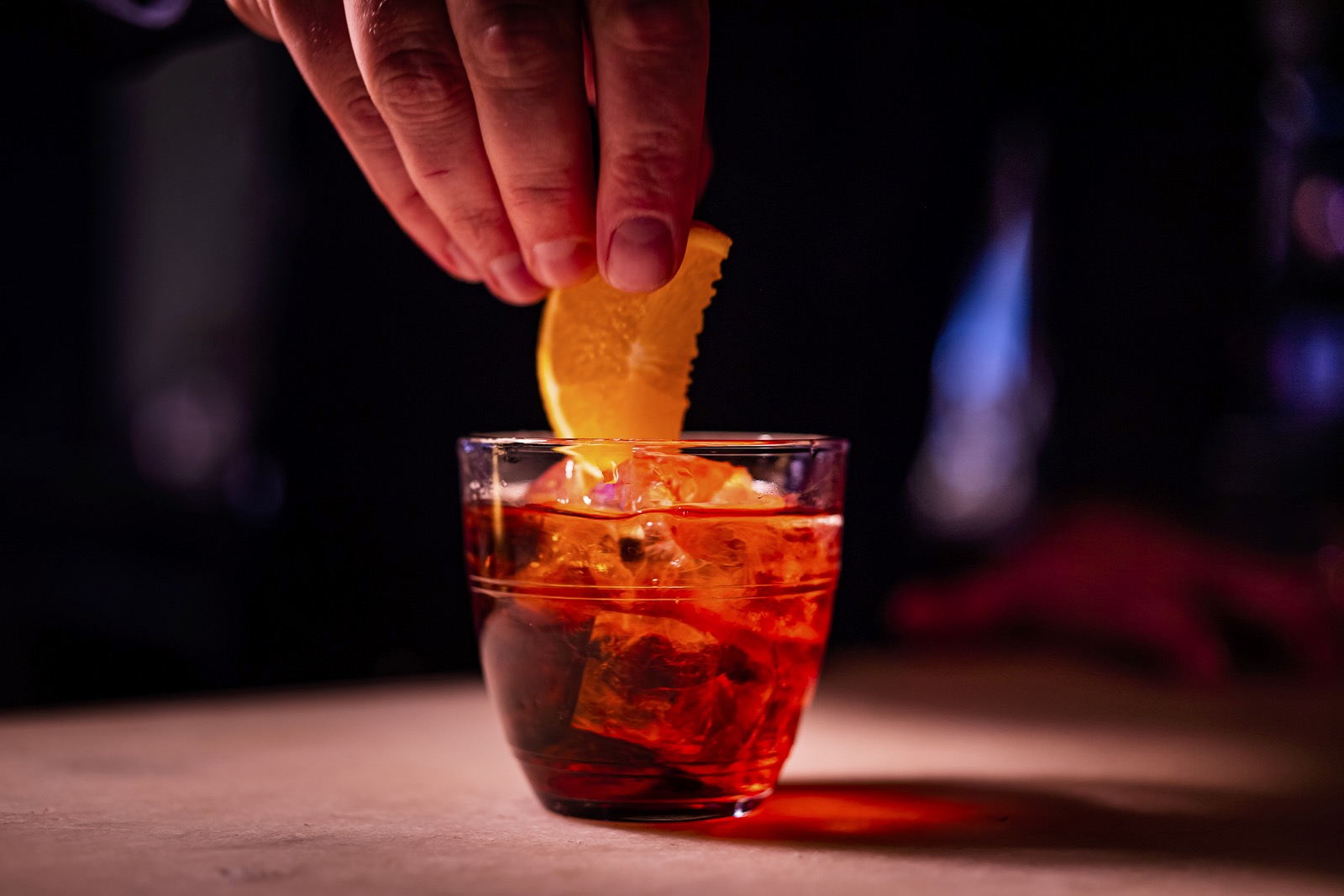
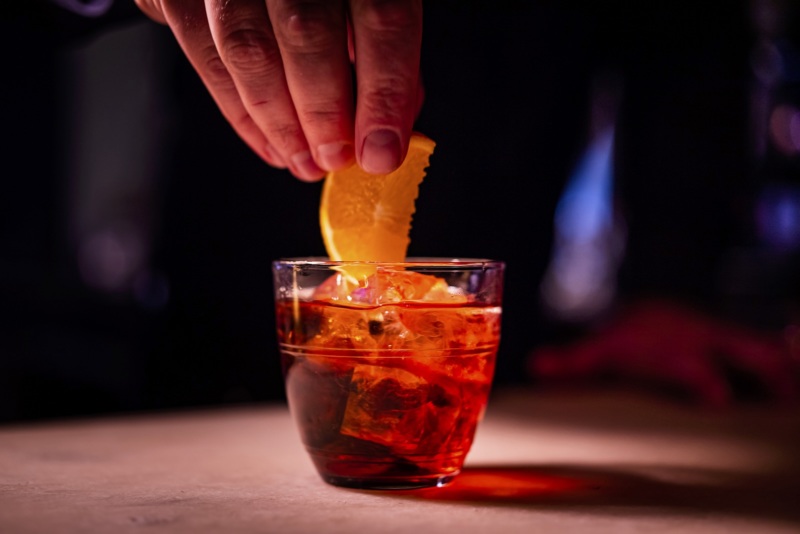
Could you see yourself doing another regional concept?
“I can’t see myself doing anything else at the moment, no. If anything, I’ve got one very, very faint idea at the back of my mind which, I don’t know, it might happen. A small place with maybe 30 seats like Trattoria Sostanza [in Florence] with bare walls, bright lights – everything I’ve just said I don’t like!”
How did you go about assembling the team for Brutto?
Monique Sierra [Brutto’s general manager] I’d worked with at Polpo. Monique is one of those people who, like me when I was young, can be clearing plates on a table, pouring wine with the other arm, talking to a third table, and signalling ‘I’ll be with you in a minute’ to somebody that has just walked through the door. She understands the essence of hospitality, which is people. It’s not about food. The French word restaurant comes from the word restorer, to restore, and that’s what we do as restaurateurs. When Monique contacted me on Instagram to say ‘I see you’re looking for staff’, I said ‘I’d love you to be my GM but I can’t afford you’. Amazingly, she messaged back and said ‘it’s not about money for me, do you not get it?’ I thought ‘Wow, if I’ve got people like that coming to me’.
My son Ollie put me in touch with another Oli, Oli Diver, who has worked at Chiltern Firehouse, Wild Honey and Allegra. We arranged a trip to Florence for four days, ate as much as we could — three, sometimes four, meals a day — and he absolutely got it. My sous chef Alan Williams contacted me – this is the power of Instagram – to say he had been cooking in Bologna for three and a half years and was moving back to England. I offered him a job pretty much after our first coffee. He is so knowledgeable about simple Italian cooking. His recipe for our ragù is stunning.
How have London’s restaurants changed since you opened your first restaurants? And where would you hope to see them go in future?
“When Polpo opened in 2009, it was a game changer. It gave other restaurateurs the permission, I suppose, to do things scruffily. You didn’t need to have a high concept, you didn’t need to have a boardroom, you could just open something. Then we went through a period where there were some slightly higher concept restaurants that also succeeded, then there was a dip in people’s expectations and delivery, even pre-Covid — we can’t blame everything on the pandemic – that really affected a lot of restaurants. It’s come round again to a rebirth. It feels now like there’s an opportunity for first-timers, for inexperienced but ambitious and creative restaurateurs to open restaurants that are very specific and very regional. People don’t want to just go to an Italian restaurant that has all the greatest hits; they want to go to a restaurant that focuses on Puglia, Calabria, Tuscany. I’m really looking forward to that. It’s going to be a real expansion of the way we eat.”
Hilary Armstrong is a freelance food and restaurant writer based in London. Follow her on Twitter and Instagram. Follow Resy, too.

